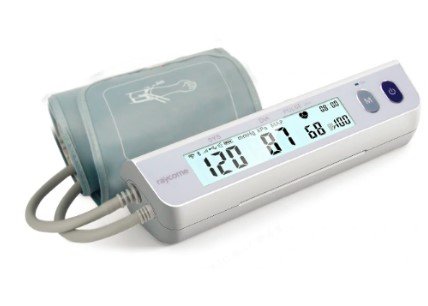The Importance of Proper Training and Certification for Phlebotomists
Summary
- Implementing standardized training programs for phlebotomists
- Regularly assessing and evaluating phlebotomists' skills and knowledge
- Maintaining compliance with ISO 9001 standards for quality management
The Importance of Proper Training and Certification for Phlebotomists
Phlebotomists play a crucial role in the healthcare industry by collecting blood samples for diagnostic testing. Proper training and certification are essential to ensure that phlebotomists perform their duties accurately and safely. In the United States, healthcare facilities must adhere to ISO 9001 standards for quality management to provide the highest level of care to patients.
Standardized Training Programs
Healthcare facilities should implement standardized training programs for phlebotomists to ensure that they acquire the necessary skills and knowledge to perform their duties effectively. These programs should cover a range of topics, including anatomy and physiology, medical terminology, blood collection techniques, and infection control protocols. Training should be conducted by qualified instructors and include both classroom instruction and hands-on practice.
- Develop a comprehensive curriculum that covers all aspects of phlebotomy
- Provide opportunities for phlebotomists to practice their skills under supervision
- Offer Continuing Education courses to keep phlebotomists up-to-date on the latest techniques and best practices
Assessing and Evaluating Phlebotomists
Healthcare facilities should regularly assess and evaluate phlebotomists' skills and knowledge to ensure that they are competent in their roles. This can be done through written exams, practical assessments, and observed performance evaluations. Feedback should be provided to phlebotomists to help them identify areas for improvement and continue to enhance their skills.
- Conduct regular competency assessments to identify any training needs
- Provide constructive feedback to phlebotomists to support their professional development
- Offer additional training or refresher courses as needed to address any skills gaps
Compliance with ISO 9001 Standards
Healthcare facilities must maintain compliance with ISO 9001 standards for quality management to ensure that they are providing safe and effective care to patients. This includes establishing clear policies and procedures for phlebotomy services, documenting training and certification records, and conducting regular quality audits to monitor performance and identify areas for improvement.
- Document all training and certification records for phlebotomists
- Establish clear policies and procedures for blood collection and handling
- Conduct regular quality audits to monitor performance and ensure compliance with ISO 9001 standards
In conclusion, proper training and certification for phlebotomists are essential to ensure the quality and safety of blood collection services in healthcare facilities. By implementing standardized training programs, regularly assessing and evaluating phlebotomists, and maintaining compliance with ISO 9001 standards, healthcare facilities can provide the highest level of care to their patients.

Disclaimer: The content provided on this blog is for informational purposes only, reflecting the personal opinions and insights of the author(s) on the topics. The information provided should not be used for diagnosing or treating a health problem or disease, and those seeking personal medical advice should consult with a licensed physician. Always seek the advice of your doctor or other qualified health provider regarding a medical condition. Never disregard professional medical advice or delay in seeking it because of something you have read on this website. If you think you may have a medical emergency, call 911 or go to the nearest emergency room immediately. No physician-patient relationship is created by this web site or its use. No contributors to this web site make any representations, express or implied, with respect to the information provided herein or to its use. While we strive to share accurate and up-to-date information, we cannot guarantee the completeness, reliability, or accuracy of the content. The blog may also include links to external websites and resources for the convenience of our readers. Please note that linking to other sites does not imply endorsement of their content, practices, or services by us. Readers should use their discretion and judgment while exploring any external links and resources mentioned on this blog.
